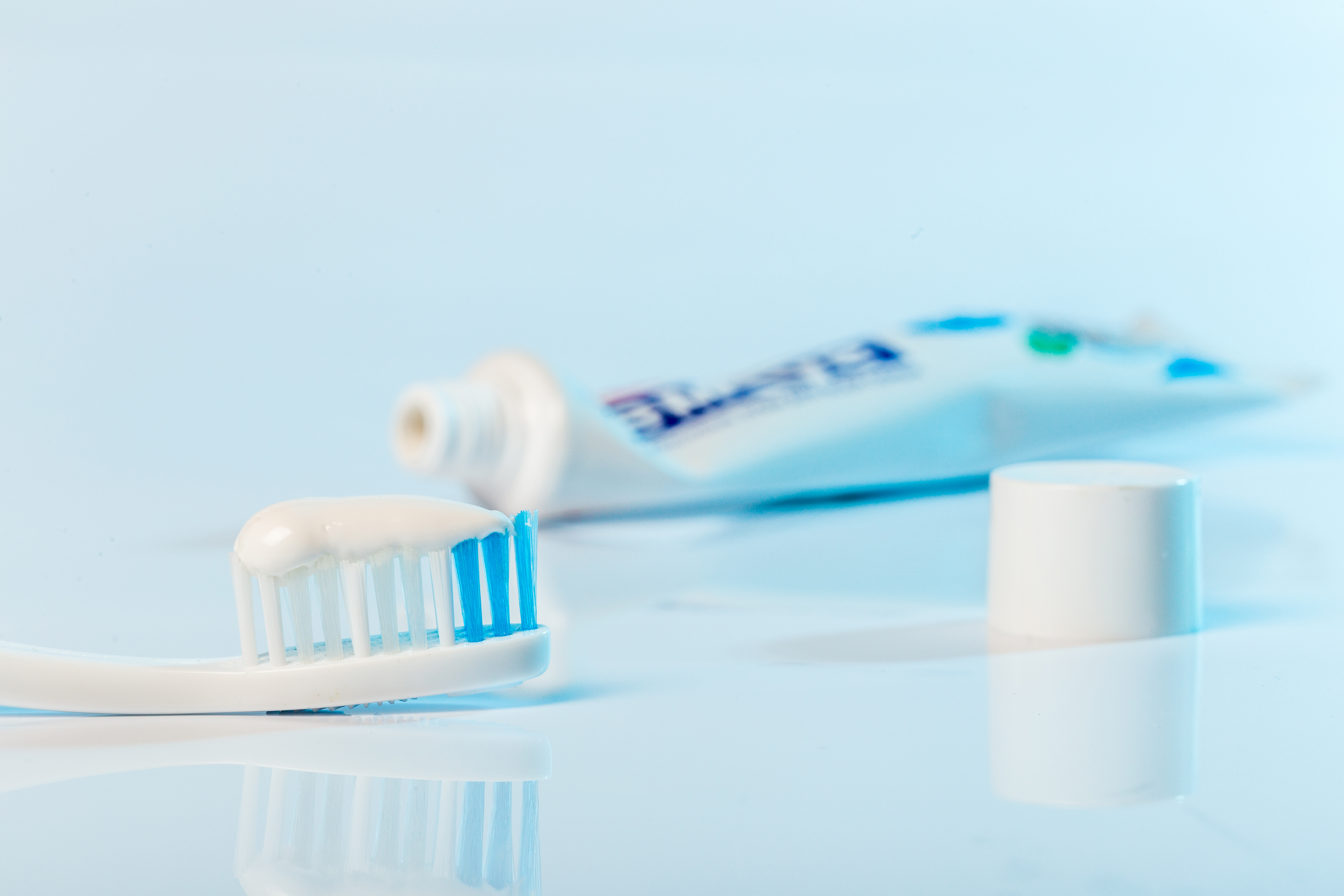Get Ready for Questions about Fluoride
March 2025New evidence is sparking debate about fluoride exposure in kids. Prepare to talk about this with parents.
Explain that many of the recent headlines are based on observational research. The latest evidence suggests that exposure to drinking water with fluoride levels of over 1 mg/L may be linked with lower IQ scores in kids – this risk seems to increase with each additional 1 mg/L. And there’s other observational research linking water containing more than 2.5mg/L of fluoride with higher thyroid stimulating hormone levels.
But put all of this in perspective. Explain that none of these studies were conducted in the US – most were conducted in China, Iran, and other countries where drinking water is naturally rich in fluoride. And more data are needed to confirm these correlations. Explain that the fluoride levels linked with potential negative effects are generally higher than what is recommended for fluoridated drinking water (0.7-1.2 mg/L) – infants and kids have consumed fluoridated water containing around 0.7 mg/L of fluoride with apparent safety for many years. And effective June 2022, the total fluoride level permitted in bottled water in the US cannot exceed 0.7 mg/L.
To limit risk of overexposure, tell parents not to mix infant formula with drinking water that is high in fluoride – bottled water may be a safer option. In addition to drinking water, keep an eye on toothpaste. Most toothpastes contain about 1.3 mg of fluoride in a quarter teaspoon. While some residual fluoride may be consumed while toothbrushing, the majority should be spit out. To avoid excess exposure in young kids, encourage parents to help them brush their teeth. Only allow them to use a pea-sized amount when brushing just in case they swallow some.
Check out our recently updated fluoride monograph for more details.
